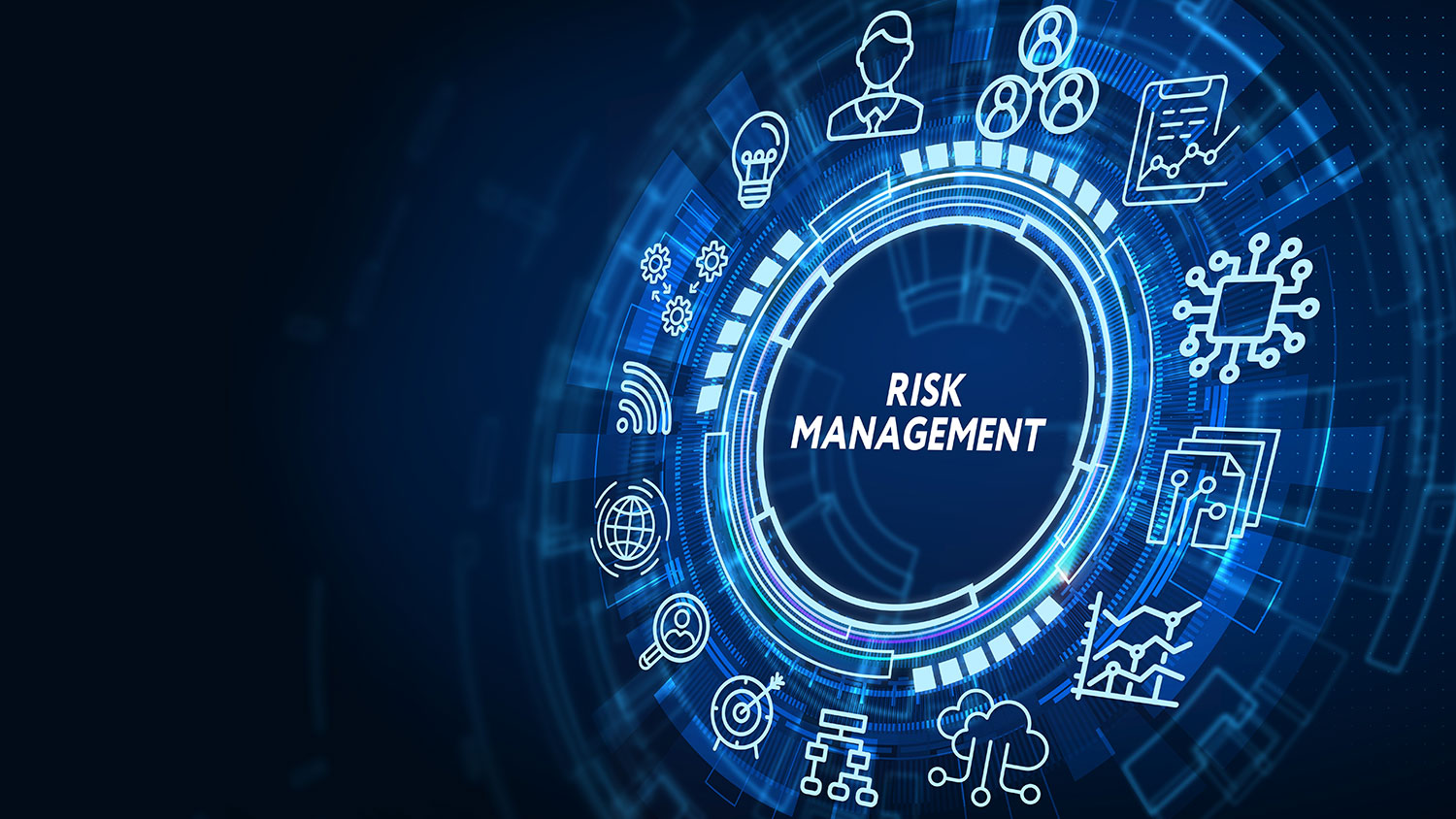
Mastering IT Risk Assessment: A Comprehensive Guide
Introduction to IT Risk Assessment
In today’s digital era, where organizations increasingly rely on information technology to drive their operations, the risks associated with IT systems have never been higher. Cyber threats, data breaches, system failures, and compliance issues are just a few examples of the risks that can disrupt business operations and cause significant financial and reputational damage. To effectively manage these risks, organizations must conduct thorough IT risk assessments.
An IT risk assessment is a systematic process of identifying, evaluating, and prioritizing risks to an organization’s information technology systems. The goal is to understand the potential impact of these risks on the business and to develop strategies for mitigating them. By proactively identifying and addressing IT risks, organizations can protect their assets, ensure business continuity, and maintain the trust of their customers and stakeholders. This blog post will explore the importance of IT risk assessments, the key steps involved in the process, and best practices for conducting effective assessments.
The Importance of IT Risk Assessment
IT risk assessment is a critical component of an organization’s overall risk management strategy. Here’s why it’s essential:
- Protecting Critical Assets: IT systems often support the most critical functions of a business, from customer transactions to data storage and communication. A risk assessment helps identify vulnerabilities in these systems, enabling organizations to protect their most valuable assets from potential threats.
- Ensuring Business Continuity: Disruptions to IT systems can lead to significant downtime, lost revenue, and damage to customer relationships. An IT risk assessment helps organizations anticipate and plan for potential disruptions, ensuring that they can maintain operations even in the face of IT-related incidents.
- Compliance and Legal Obligations: Many industries are subject to regulations that require organizations to conduct regular risk assessments as part of their compliance obligations. Failure to comply with these requirements can result in legal penalties, fines, and reputational damage.
- Informed Decision-Making: A comprehensive IT risk assessment provides valuable insights into the risks facing an organization’s IT environment. These insights enable decision-makers to allocate resources effectively, prioritize risk mitigation efforts, and make informed decisions about IT investments.
- Building Stakeholder Trust: In an age where data privacy and security are top concerns for customers, partners, and investors, demonstrating a commitment to IT risk management can help build trust and confidence in the organization.
Key Steps in the IT Risk Assessment Process
Conducting an IT risk assessment involves several key steps, each designed to ensure a thorough and accurate evaluation of the risks facing an organization’s IT environment. Here’s a step-by-step guide to the process:
- 1. Define the Scope and Objectives: The first step in the IT risk assessment process is to define the scope and objectives of the assessment. This involves identifying the systems, processes, and assets that will be evaluated, as well as the specific risks that will be assessed. The scope should be aligned with the organization’s overall risk management strategy and business objectives.
- 2. Identify Potential Risks: Once the scope is defined, the next step is to identify potential risks to the organization’s IT systems. This involves reviewing existing risk data, conducting interviews with key stakeholders, and analyzing the organization’s IT environment for vulnerabilities. Common risks include cyber threats, data breaches, system failures, insider threats, and compliance issues.
- 3. Assess the Likelihood and Impact of Risks: After identifying potential risks, the next step is to assess the likelihood and impact of each risk. This involves evaluating the probability of the risk occurring and the potential consequences if it does. The assessment should consider both quantitative and qualitative factors, such as the financial impact, operational disruption, reputational damage, and regulatory consequences.
- 4. Prioritize Risks: Based on the likelihood and impact assessment, the next step is to prioritize the identified risks. This involves ranking the risks in order of importance, with the most critical risks at the top of the list. The prioritization process helps organizations focus their risk mitigation efforts on the most significant threats to their IT environment.
- 5. Develop Risk Mitigation Strategies: Once the risks are prioritized, the next step is to develop strategies for mitigating the identified risks. This may involve implementing new security controls, updating policies and procedures, conducting employee training, or investing in new technologies. The goal is to reduce the likelihood and impact of the risks to an acceptable level.
- 6. Document and Report Findings: After completing the risk assessment, the findings should be documented in a comprehensive report. The report should include a summary of the identified risks, the likelihood and impact assessments, the prioritization of risks, and the recommended mitigation strategies. The report should be shared with key stakeholders, including senior management, IT staff, and compliance officers.
- 7. Monitor and Review: IT risk assessment is not a one-time activity; it requires ongoing monitoring and review. Organizations should regularly update their risk assessments to reflect changes in the IT environment, emerging threats, and new business objectives. Continuous monitoring ensures that the organization’s risk management strategies remain effective over time.
Common Challenges in IT Risk Assessment
While IT risk assessment is essential, organizations often face several challenges in conducting effective assessments. Here are some common challenges and strategies for overcoming them:
- Complexity of IT Environments: Modern IT environments are complex and constantly evolving, making it difficult to identify and assess all potential risks. To address this challenge, organizations should adopt a structured approach to risk assessment, using tools and frameworks to guide the process. Engaging with external experts can also provide valuable insights and help ensure a comprehensive assessment.
- Lack of Resources: Conducting a thorough IT risk assessment requires time, expertise, and resources. Smaller organizations or those with limited budgets may struggle to allocate the necessary resources. To overcome this challenge, organizations can prioritize the most critical risks and focus their efforts on the areas with the greatest impact. Additionally, leveraging automation and risk assessment tools can help streamline the process and reduce the resource burden.
- Resistance to Change: Implementing the recommendations from a risk assessment may require changes to existing processes, systems, or policies. Resistance to change from employees or stakeholders can hinder the effectiveness of risk mitigation efforts. To address this challenge, organizations should engage stakeholders early in the process, communicate the benefits of risk management, and provide training and support to facilitate the adoption of new practices.
- Keeping Up with Emerging Threats: The threat landscape is constantly evolving, with new risks emerging regularly. Keeping up with these changes can be challenging, especially for organizations with limited resources. To stay ahead of emerging threats, organizations should establish a process for continuous monitoring, stay informed about industry trends, and regularly update their risk assessments.
Best Practices for Effective IT Risk Assessment
To ensure a successful IT risk assessment, organizations should follow these best practices:
- Engage Stakeholders: Involve key stakeholders from across the organization in the risk assessment process. This includes IT staff, management, compliance officers, and other relevant parties. Engaging stakeholders ensures that the assessment is comprehensive and that the findings are aligned with business objectives.
- Use a Risk Assessment Framework: Adopting a standardized risk assessment framework, such as NIST, ISO 27005, or COBIT, can help guide the assessment process and ensure consistency. These frameworks provide a structured approach to identifying, assessing, and mitigating risks.
- Leverage Technology: Use risk assessment tools and software to streamline the process and improve accuracy. These tools can help automate data collection, analysis, and reporting, making it easier to conduct regular assessments and keep up with emerging threats.
- Focus on Business Impact: When assessing risks, focus on the potential impact on the organization’s business objectives. This ensures that the risk assessment is aligned with the organization’s overall goals and that risk mitigation efforts are prioritized based on their potential impact.
- Regularly Review and Update: IT risk assessments should be conducted regularly and updated to reflect changes in the IT environment, new threats, and evolving business objectives. Regular reviews ensure that the organization’s risk management strategies remain effective over time.
Conclusion
In conclusion, IT risk assessment is a vital process for identifying, evaluating, and mitigating risks to an organization’s IT environment. By conducting regular risk assessments, organizations can protect their critical assets, ensure business continuity, and comply with legal and regulatory requirements. While the process can be complex and resource-intensive, following best practices and using the right tools can help organizations overcome challenges and achieve a successful risk management strategy. As the threat landscape continues to evolve, ongoing IT risk assessments will be essential for maintaining the security and resilience of an organization’s IT systems.



